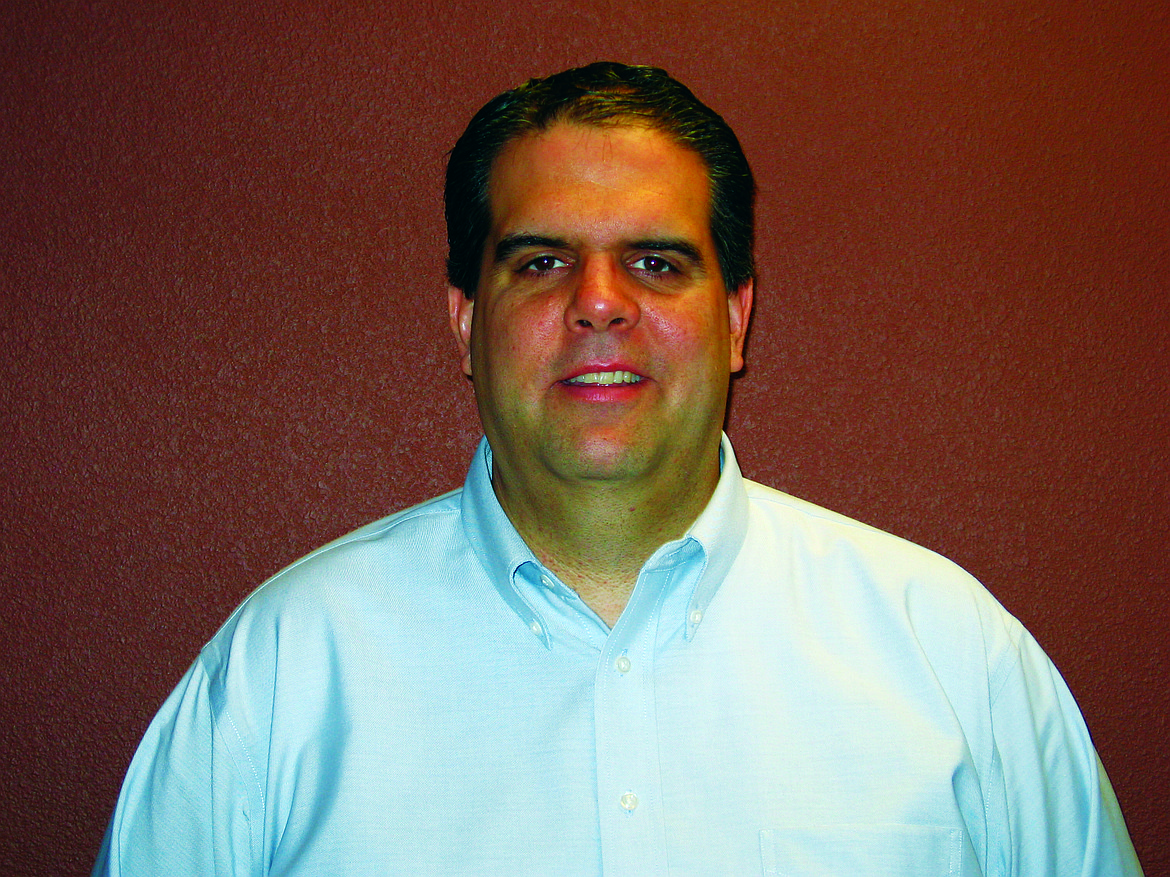ADVERTISING: Advertorial — What is Spinal Decompression?
Spinal Decompression Therapy is a non-surgical, non-narcotic therapy to relieve back pain and neck pain that are commonly seen with disc injuries.
Bulging discs, herniated discs, degenerative disc disease, pinched nerves, sciatica, and arm pain or leg pain can often be attributed to the abnormal stress asserting pressure on your discs. Poor posture, bad body mechanics, repetitive stress and acute injury can cause your vertebrae to compress discs, causing nerve entrapment of some shape of form.
Compressed discs can lead to two major problems: a bulge or herniation that could lead to abnormal pressure on a nerve and/or degeneration of the disc, which also could lead to pain. The problem is often perpetuated because the compressed disc restricts the flow of nutrients and water in and out of the disc. So basically, more water out then in, you have disc degeneration.
Traditional corrective treatments include surgery or chiropractic adjustments. Spinal Decompression Therapy is an alternative FDA-approved treatment option that has shown amazing results since the mid-90s.
Spinal Decompression Treatment is a non-invasive treatment that provides gentle decompression of the disc through the use of a highly specialized decompression table. The computerized table applies a distractive force to the targeted disc that we are treating. What sets these tables apart is there is a distractive force which is applied in between periods of relaxation. By having a distractive force with periods of rest in between this creates a negative pressure within the disc. This negative pressure is what pulls nutrients and fluids back into the disc. Thus, rebuilding disc height and retracting any bulge or herniation.
You might be wondering how rebuilding disc height help with low back pain? To start let’s look at the anatomy of a disc. The outside is a fiber and the inside a jelly-like substance. This jelly-like substance is 70% to 90% water. By pulling more water into the disc, we are working on rebuilding the disc height. The disc sits between two vertebrae, which are bone. The disc not only creates a cushion between the bones, but just as important, it keeps the intervertebral foramina (IVF) space open. Coming off your spinal cord are nerve roots, one on either side. There are 31 pairs of nerve roots: 8 cervical, 12 thoracic, 5 lumbar, 5 sacral, and 1 coccygeal. These nerve roots pass through the IVF. When the disc is healthy the IVF opening is nice and large, but as the disc degenerates, the opening gets smaller and smaller. Placing abnormal stress on the nerve root. We call that a stenosis.
Disc degeneration takes years to occur, so you must realize it takes time to reverse the process. Much like a repetitive stress injury, the decompression works in very minute increments. But over time that adds up and allows the disc to heal.
• • •
Dr. Wayne M. Fichter Jr., D.C., is a chiropractor at Natural Spine Solutions. The business is located at 3913 Schreiber Way in Coeur d’Alene. For more information, please contact us at 208-966-4425.

